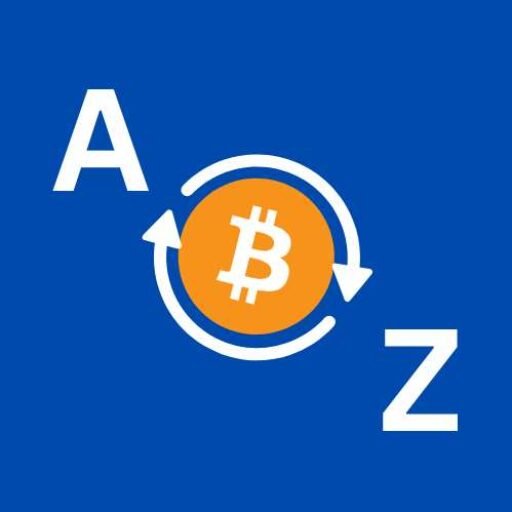Do Your Own Research or DYOR is a concept where readers are encouraged to research things on their own so that they can make better-informed decisions and avoid shilling, false promises, scams, and traps.
How To Do Research?
It’s easy to say Do Your Own Research but almost all websites do not mention how to do it. Here is a short but helpful guide I have created from my own 5 years of research experience in crypto.
1. Visit Website and Socials
Website and socials are the face of a project. Any genuine website would have a detailed About page and a Contact page. These pages should provide you with enough information so that you can know about the project or contact them.
However, do not get your hopes too high that they will reply as most projects tend to ignore user mails. We have frequently seen most social media managers to be from other companies that rarely know about the project.
2. Check Traction
Traction is very important before you make any decisions regarding the crypto. You can see a project’s traction using blockchain explorers. For example to see Dogecoin’s traction visit its explorer at:
https://dogechain.info
Or else you can also take a look at websites like Glassnode, Arkham Intelligence, or Into The Block. Even CoinMarketCap (CMC) gives decent information on any crypto. However, CMC only lists projects when they have reached a specific threshold in traction.
3. Check Audit Reports
You can find audit reports on either the project docs or you can see CoinMarketCap. Generally, audit reports are listed on CMC below the project details area, somewhere around where the website is mentioned. Note that this might change as CMC updates its page navigation and user interface from time to time.
Audits from trusted auditors like Certik are more trustable, yet an audit cannot be treated as a guarantee of authenticity, it’s just something that increases your confidence.
Again, it is important to remember that you should consider multiple factors before choosing any crypto.
4. Check Tokenomics
Tokenomics is the information on how the tokens will be distributed and unlocked and how many tokens will be there in circulation.
A project that has a higher token circulation is better because it leaves fewer chances for supply shocks and whale manipulation. Supply shocks can pin a token price down similar to Worldcoin which crashed to $1.9 within a year of launch and within reaching $11 because of excessive token supply.
Further, a token should not be distributed too much to early investors and corporates because they prioritize their profits and often sell tokens when they are at a crucial point or when they have even a slight risk.
5. Ask Expert Advice, if required
Asking for expert help is always good when you need it. Being a crypto researcher I encourage people to reach me via the email provided on the contact page.
